Practical Reptile Keeping is the only monthly herp care magazine published in English. Launched in 2009, it attracts an international readership and is packed with advice on how to look after and breed snakes, lizards, tortoises, turtles, amphibians and bugs. As well as stunning photography, each issue features technical help, product information and health care advice to keep your animals in tip-top condition, plus breeding details and the latest news relating to this group of creatures from around the world.
Welcome
Silent frog found • Featuring stories that include new insights into snake hearing, how an investigation into the genetic make-up of sea turtles may influence their future conservaion, a remarkable account of a spider hunting small mammals in the UK, the way that geckos can recognise themselves and each other, and more, including the way in which water management can help to save an endangered Australian amphibian while beginning here with the discovery of a new frog that does not call.
Geckos and self-recognition
New insights into snake hearing
UK spider captures and overpowers small mammal
New thoughts on reptile conservation
Surprises in sea turtle genes may hold the key to their survival
Water changes endanger frog populations
The lizards that can walk on water • Certain types of lizard seem to get overlooked in the hobby today, even if they have a fascinating past and spectacular looks. Here in this article, Christian Castille profiles the basilisks, which undoubtedly fit into this category.
Identifying the species
Build your own library!
The path to hatching success • Incubation of reptile eggs is not complicated, but it does require the right conditions in order to be successful. Here are the important general aspects that you will need to consider when incubating reptile eggs, but also there are many factors that are specific to individual species to ensure breeding occurs.
Crested geckos & vivarium lighting
REPTILE FOCUS • Red worm lizard - Amphisbaena alba
How to go bioactive in tropical surroundings and desert set-ups • The benefits of creating substrates that have biological self-cleaning properties are becoming far more widely appreciated in the hobby, with this approach combining well with planted enclosures. They can be used for a wide variety of reptiles, amphibians and invertebrates. Dr Jason Randall MSc explains what is involved in setting up and managing a set-up of this type, including news about his recent experiments to create bioactive desert substrates.
Build your own library!
Out of Africa AMAZING SURVIVORS • This month, Paul Donovan considers the remarkable ways in which invertebrates can survive climatic extremes, in spite of their relatively small size.
Do tortoises copy each other's behaviour? • This is something that owners have believed for quite some time, and now science is providing confirmation that it is in fact the case - at least in some instances. Dr Julia Mueller-Paul explains what is going on.
Build your own library!
Move to the top Up for more of a challenge? • Having previously covered a range of species suitable for newcomers and those who have some experience, HannahMarie Salisbury, M.Sc., B.Sc.(Hons) AnSci, looks at some of the more demanding species that are available, suitable for dedicated enthusiasts.
Build your own library!
Build your own snake rack A step-by-step guide • Even if you are not particularly experienced in d.i.y., this particular racking system is not very difficult to construct. Furthermore, it will work out considerably cheaper than buying a professional system, and it should prove very durable. Dr Tariq Abou-Zahr explains the method that he uses for building his...
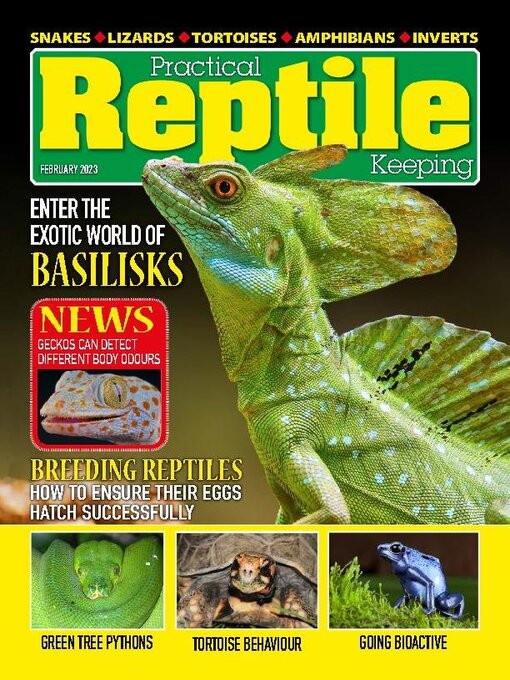
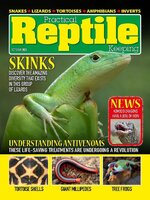 Oct 01 2024
Oct 01 2024
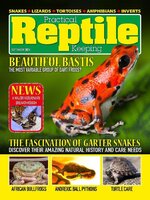 Sep 01 2024
Sep 01 2024
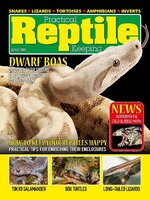 Aug 01 2024
Aug 01 2024
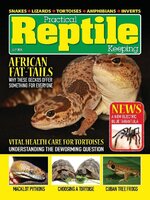 Jul 01 2024
Jul 01 2024
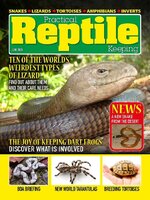 Jun 01 2024
Jun 01 2024
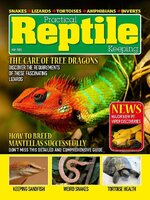 May 01 2024
May 01 2024
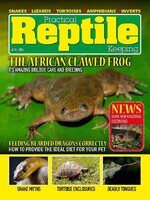 Apr 01 2024
Apr 01 2024
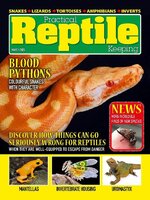 Mar 01 2024
Mar 01 2024
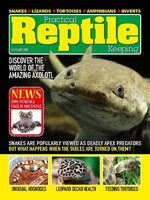 Feb 01 2024
Feb 01 2024
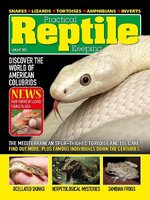 Jan 01 2024
Jan 01 2024
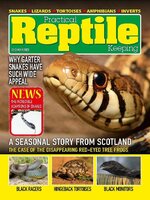 Dec 01 2023
Dec 01 2023
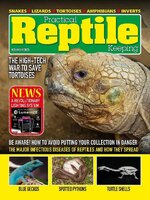 Nov 01 2023
Nov 01 2023
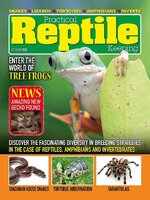 Oct 01 2023
Oct 01 2023
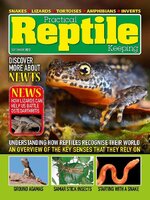 Sep 01 2023
Sep 01 2023
 Aug 01 2023
Aug 01 2023
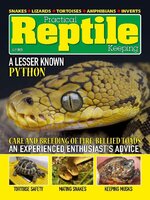 Jul 01 2023
Jul 01 2023
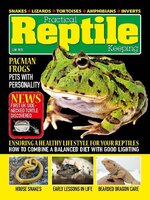 Jun 01 2023
Jun 01 2023
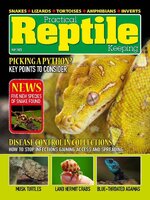 May 01 2023
May 01 2023
 Apr 01 2023
Apr 01 2023
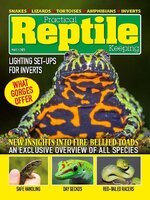 Mar 01 2023
Mar 01 2023
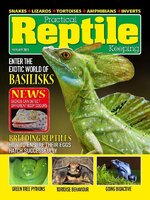 Feb 01 2023
Feb 01 2023
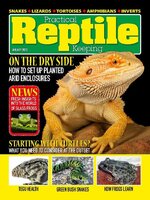 Jan 01 2023
Jan 01 2023
 Dec 01 2022
Dec 01 2022
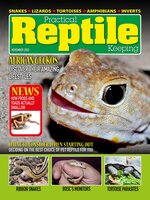 Nov 01 2022
Nov 01 2022
